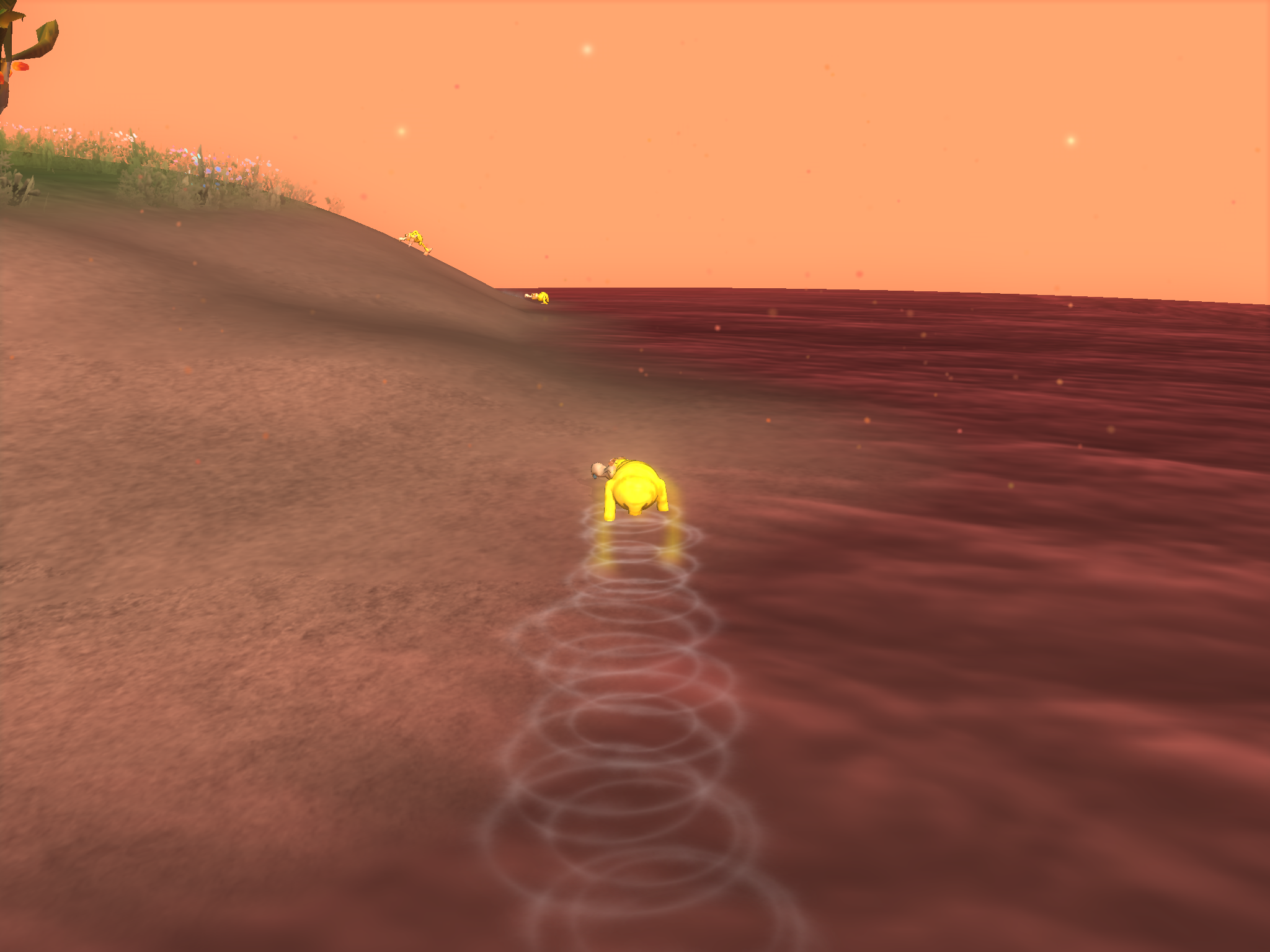
Shiny or glossy subjects such as water surfaces.įollow the steps below on how to focus on a subject within a difficult environment:.Multiple subjects with different distances within the focus area.Subjects with no contrast such as blue skies or white walls.While cameras often are set at "Auto" white balance, if you choose Incandescent or Fluorescent, the colors will look cooler, while Cloudy and Shady will make them warmer. You can also affect the color of your images by experimenting with the white balance settings on your camera. And, photographing the rising or setting sun in your photograph will give you a different look than if you have the rising or setting sun at your back. Include foliage or a body of water and its reflection in the images. If you are lucky enough to have a mountain range close to where you live, you could even try taking pictures of them at different times of the day, or even different times of the year, to capture the changing seasons. The light in early morning will be cooler (blues and/or violets), whereas the light at the end of the day often will be warmer (reds and/or yellows). Taking photos at "first light," (sunrise) or at sunset will give your images more vibrant colors. Try composing the photo so only the reflection is in the frame or compose a picture with only a small amount of surrounding land in the frame. Experiment with your composition and move the horizon line. By placing the horizon line in the center of the frame, the photo becomes symmetric (bisecting the frame into two equal parts). Normally photographers try to avoid placing the horizon line in the center of the frame, but this is an instance where you can go ahead and break that rule.

If you can, head out shortly after sunrise (or even get up early and photograph the sunrise), when there is no wind, and the water's surface will be flat. If you come upon a lake and the water is choppy, you won't be able to capture the reflection clearly, so try again the following day. If there's water in the foreground, and if it is still (not moving), you can include the mountain's reflection in the water into your picture. Whatever it is, though, the mountains add not just another interesting visual element, but some sense of location and scale as well. That helps gives some context to the main subject (which is in the foreground). When photographing this scene, you're using the mountains as a backdrop for something else. Other foreground subjects can be flowers, a road leading towards the distant mountains, herds of grazing wildlife even an old barn, cowboy, or boats on a lake. For example, a tree with overhanging branches can frame the distant mountain peaks, will make the photograph more interesting. Photographing mountains from down in the valley will allow you to include near objects as framing elements. And, when the sky is filled with haze, you can sometimes make photographs of the mountain range that resembles layers of peaks and valleys repeating in the distance. Sunlight can break through an overcast sky, showing a small portion of the mountains behind the clouds, making a unique photographic opportunity. Mist, rain, haze and snow can enhance an image, where the weather becomes an important subject along with the towering peaks. If there's haze, pollution or fog, the mountains may be too obscured to see clearly.Īs long as you can see the mountains, though, you can photograph them.

The only truly limiting factor then is how clear the air is. In fact, you'll often be many, many miles away. You don't have to be particularly close to a mountain to make a nice photo. No more guessing if the horizon in your scene is level. This is an invaluable photographic tool when shooting landscapes and architecture. Some Nikon cameras incorporate our Virtual Horizon feature which quickly and accurately displays a graphic on the LCD to show the camera's position relative to the actual horizon. Many tripods have a built-in bubble level that will show you whether or not the camera is straight. If you are using a tripod, that's even easier.

Sometimes you can fix a crooked horizon line with software, after you've taken the photograph, but doing so may also mean you'll have to crop out part of your picture. If you're hand holding your camera, take care when looking through the viewfinder (or on the LCD if you're composing that way) to make sure that the horizon is straight, not slanted. The first and most important rule is to make sure that the horizon line in your photograph is straight. Mountains are even included in the words to "America the Beautiful." So how can we make the most of these "purple mountain majesties" in our photos today? Artists have been drawn to them (pun intended) over the centuries, and photographers like Ansel Adams focused on their jagged peaks from the early days of photography. People have always been fascinated by imagery of mountains.


 0 kommentar(er)
0 kommentar(er)
